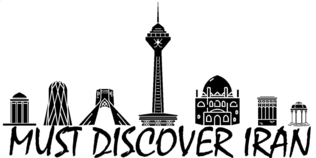Wild Life
The wildlife of Iran is composed of several animal species, including bears, the Eurasian lynx, foxes, gazelles, gray wolves, jackals, panthers, and wild pigs. Other domestic animals of Iran include Asian water buffaloes, camels, cattle, donkeys, goats, horses, and the sheep. Eagles, falcons, partridges, pheasants, and storks are also native to the wildlife of Iran.
One of the most famous members of the Iranian wildlife is the critically endangered Asiatic cheetah, also known as the Iranian cheetah, whose numbers were greatly reduced after the 1979 Revolution. The Persian leopard, which is the world’s largest leopard subspecies living primarily in northern Iran, is also listed as an endangered species. Iran lost all its Asiatic lions and the now extinct Caspian tigers by the earlier part of the 20th century.
At least 74 species of the Iranian wildlife are on the red list of the International Union for Conservation of Nature, a sign of serious threats against the country’s biodiversity. The Iranian Parliament has been showing disregard for wildlife by passing laws and regulations such as the act that lets the Ministry of Industries and Mines exploit mines without the involvement of the Department of Environment, and by approving large national development projects without demanding comprehensive study of their impact on wildlife habitats.
Reference: https://en.wikipedia.org/wiki/Iran

